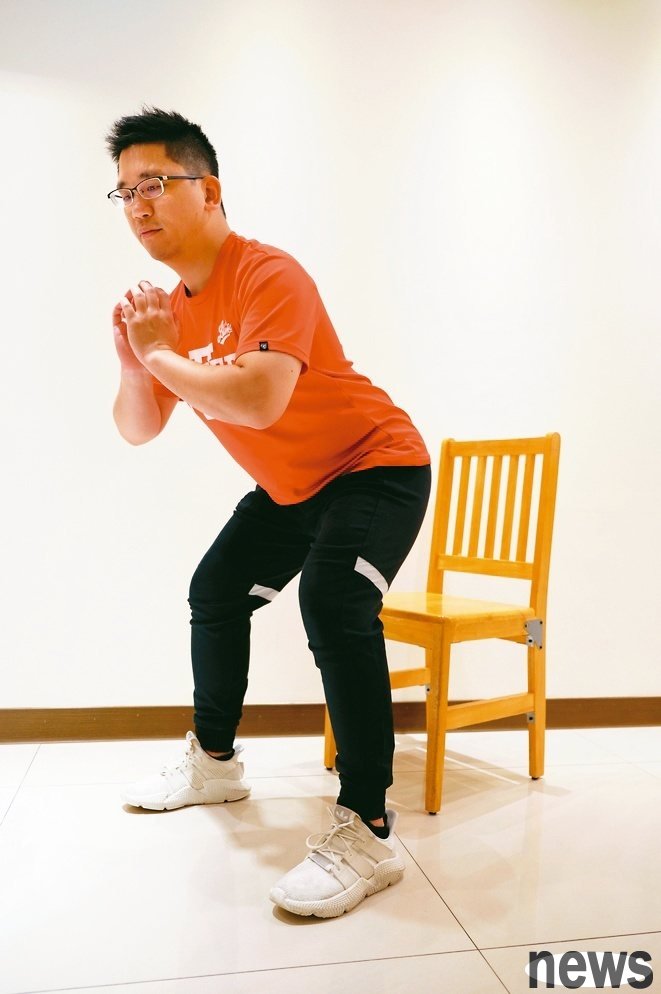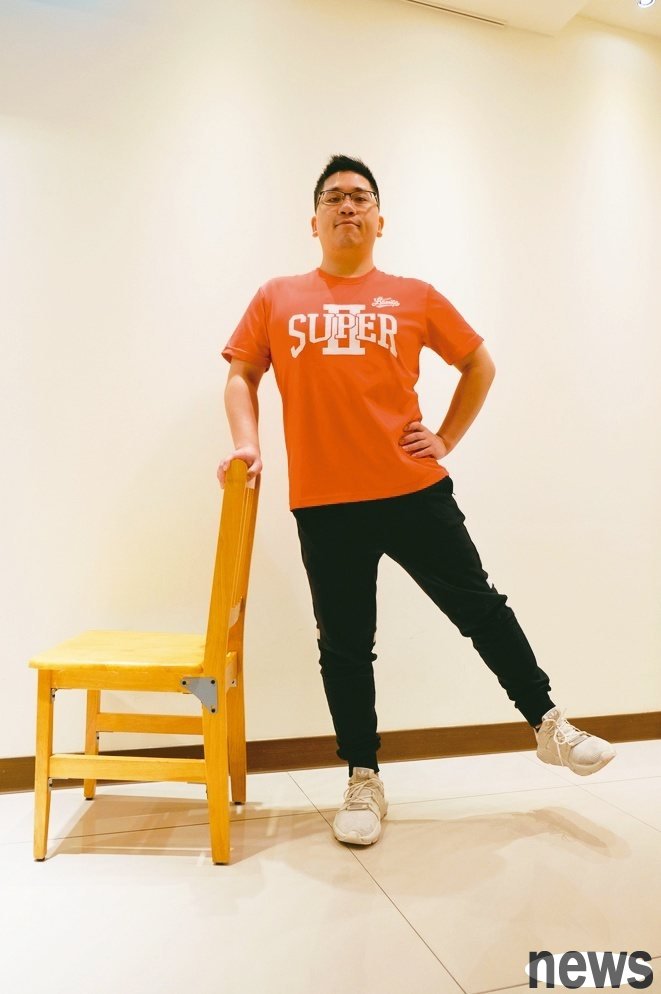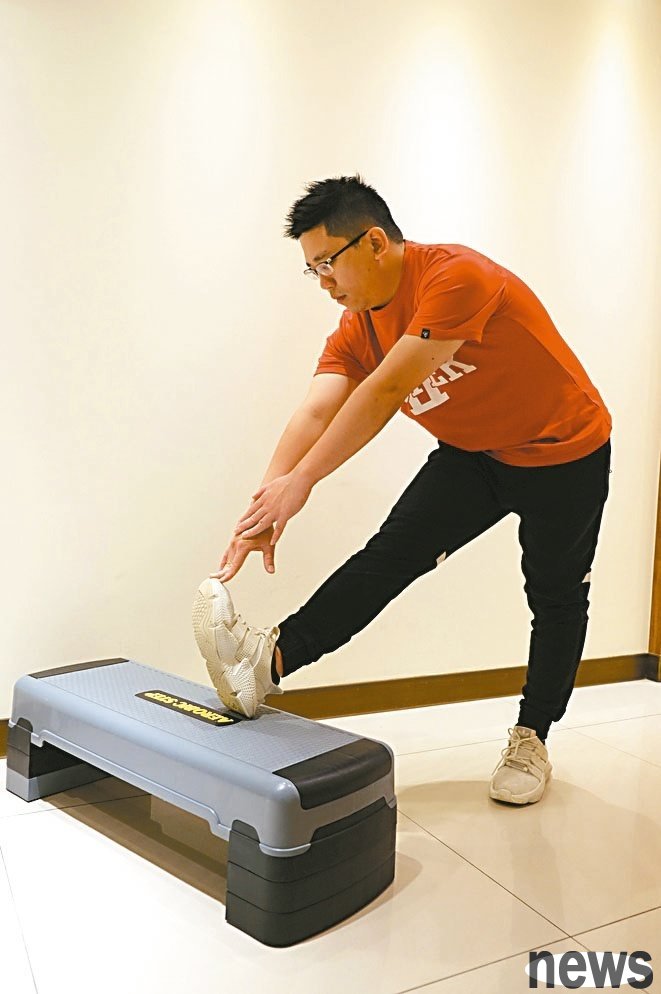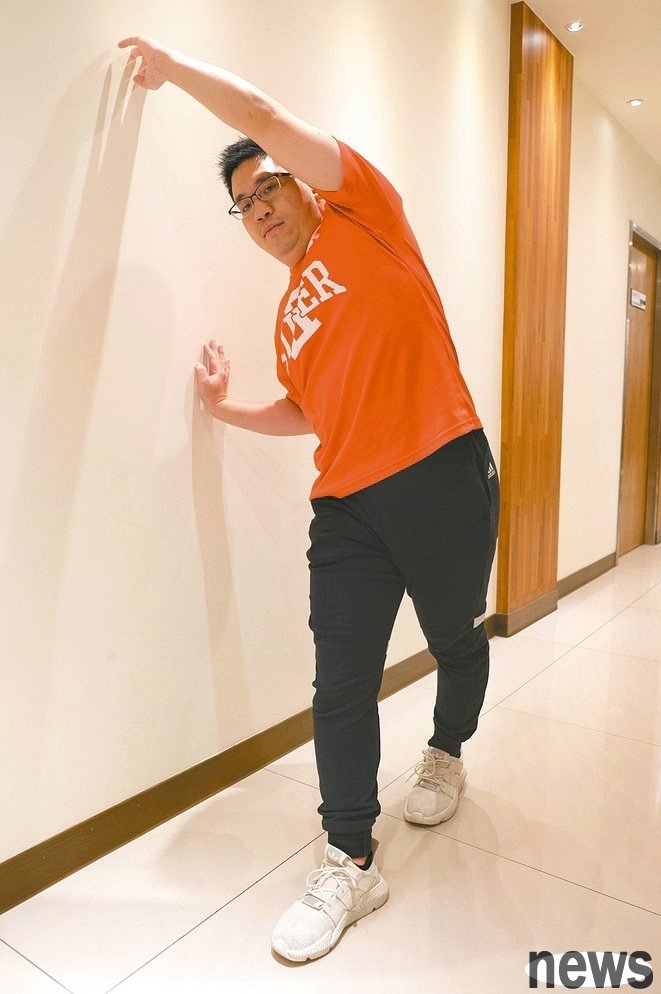 Before climbing, sports training
Before climbing, sports training is designed for hairdressers to practice at home, mainly to enhance the muscle endurance and control of the muscle groups related to mountaineering exercises, as well as stability.
Reminder: Please pay attention to avoid falling or collision risks in the training space. Please evaluate and consider your personal physical condition and ability during the training process. If there is severe pain or inappropriate situation, please contact the doctor for professional advice.
Hair Circle
Purpose: The hair is located at the base of the thigh, and this action can enhance the control ability and activity of the joints and prevent damage.
1. Stand in the lunge and put both hands on the waist.
2. Use the heart as the center, push the pelvis to the outermost side, and plan the circle for 10 circles in a smooth manner.
3. Reversely, reverse the circular motion.
4. The movement speed is about 2 seconds and 1 lap. The slower the better. Make 10 laps each against time to make 1 set. You can make 3 sets a day, or you can do warm-up exercises before climbing.
Mini squat
Purpose: In line with the physical condition and physical energy of the hair, the angle is not as large as that of the general squat. This action can increase the control ability of the extensor muscles, start the pre-movement movements for mountaineering, and increase muscle endurance.
1. Both feet are the same width as shoulders. It is recommended that the tip of the feet and lower limbs can be extended to 45 degrees.
2. Move first from your butt, tuck your butt backwards, keep your body straight, and sit backwards.
3. Sit at a position where your knees are bent at about 45 degrees, and then return to the opposite direction to the posture of both the body and lower limbs.

Glute medius activation
Objective: To increase the ability of the gluteus maximus and gluteus medius to stabilize the pelvis and increase the ability of stability during mountain climbing.
1. Double snatching and putting your hands on your hips. Lift the single foot to the side and keep the tip facing forward.
2. Lift the body at the slowest speed to a position where the body can still remain upright, and the body cannot move during the process.
3. If the ability is within reach, it is recommended not to help anything.
4. When doing it, the body should be perpendicular to the floor and should not be oblique. The foot lift angle and movement speed are not restricted, and they are adjusted differently according to the person.

is mainly used to help the muscles and fascia recover fatigue, and can be used with ice or hot compress for comfort.
Reminder: If the muscles are tight and painful after climbing, or if the condition is malignant, you should seek a doctor in the sports medicine department or the health department for diagnosis.
Posterior side stretching of the lower limbs
Purpose: to stretch the muscles and fascia of the lower limbs.
1. Find a low chair, small stool or ladder. The height varies from person to person and is within your ability.
2. Place the single foot on the chair and straighten the foot.
3. Bend your upper body and touch the tip of your feet with your hands for 30 seconds.
4. Note that the training area is the legs, not the tip of the feet or the arms.

Anterior side of lower limbs Stretch
Purpose: to stretch the muscles and fascia of the anterior side of lower limbs.
1. Hand-arm chair or wall.
2. Cuck the single foot backwards and fix the tip of the foot with your hands to maintain the hooking position.
3. Maintain for 30 seconds.
4. Pay attention to keeping the upper body straight and not lying on the back.

Side Stretching
Objective: to stretch the muscles and fascia of the upper and lower limbs.
1. Hold the wall with your hands.
2. Place the single foot back behind the other foot, and the front foot becomes a lunge, and the back foot should be straightened.
3. On the side of the body, open the hand away from the wall and place it on the wall.
4. Push the pelvis outward for 30 seconds.

action design and demonstration. Image provided/Lin Zhenwen, director of the Department of Sports Medicine of New International Hospital